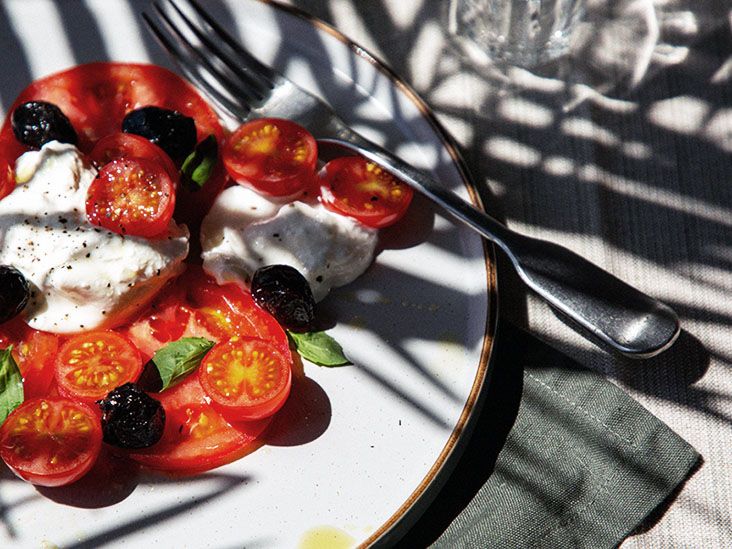Many foods contain gluten. People trying to avoid the protein can seek alternatives such as buckwheat and corn.
Foods containing gluten can be problematic for people with gluten intolerance and celiac disease. Consuming foods with gluten can lead to bloating, discomfort, and fatigue. It is important to be aware of what food items contain gluten and which are safe to eat when a person is avoiding gluten.
Below, anyone following a gluten-free diet or aiming to reduce their gluten intake can find lists of foods to avoid and alternatives to consider.
People understandably associate gluten with grains, but several other foods, drinks, and ingredients — sometimes also in supplements — can contain it.
Grains that contain gluten
Foods that usually contain gluten
Food that may contain gluten
A person can check the list of ingredients or ask at a restaurant before consuming:
- french fries
- gravies and sauces
- salad dressings, marinades, and vinegars
- soups
- processed meats
- soy sauce
- potato or tortilla chips
- bars and similar snacks
- cereals and granolas
- stuffings
- egg dishes
Alcoholic beverages
Alcoholic drinks that typically contain gluten include:
- most beers, including ales, lagers, porters, and IPAs
- malt beverages
- dessert wines
- hard seltzers and other canned cocktails
However, gluten-free varieties of many of these drinks are becoming more readily available. Also, most distilled alcoholic beverages are gluten-free.
Nonfood items
It is important to note that the following products can also contain gluten:
- medications, vitamins, and herbal supplements
- lipsticks and lip balms, which a person can easily ingest
- playdough, the modeling toy
- communion wafers
Cross-contamination
Some otherwise gluten-free foods come into contact with gluten during preparation or processing — potentially making them unsuitable for people with celiac disease.
Common areas of cross-contamination include:
- cutting boards, toasters, and utensils
- shared food containers, which may hold butter, mayonnaise, or peanut butter, for example
- restaurants, such as pizzerias
- anywhere that foods are deep-fried
- bakeries
- oat production facilities
For people with celiac disease, research suggests that the usual threshold for gluten consumption is 10 milligrams (mg) per day.
A diet with a gluten content of 20 parts per million (ppm) should keep most people below the 10 mg threshold.
The amount of gluten in foods varies widely. According to a Food and Drug Administration (FDA) ruling, “gluten-free” products must contain fewer than 20 ppm of gluten.
This means that to hit the 10 mg daily threshold, a person would have to eat 17 slices of gluten-free bread if each slice contains 20 ppm. Or, for context, they could eat an amount of regular flour the size of a pen tip.
While the
As a result, anyone looking to limit their gluten intake will need to check labels carefully and consult restaurant staff.
The following are some alternatives to products containing gluten:
- buckwheat, as groats or flour
- quinoa, as a grain or flour
- rice, as a grain or flour
- potato flour
- soy flour
- chickpea flour, which is sometimes called gram flour or besan
- corn, from cornflour to taco shells
- amaranth
- millet
- oats, but only those labeled gluten-free
- sorghum
- cassava
- tapioca
- pastas made from lentils, peas, corn, rice, or buckwheat
- gluten-free breads, pastries, wraps, and sweet treats
- cauliflower, as a pizza base, for example
- zucchini, carrot, or squash noodles
People following gluten-free diets may also enjoy dishes that do not resemble those containing gluten and are rich in vegetables, fruits, beans, and pulses.
Learn more about gluten-free foods.
Celiac disease is a serious health issue. It causes the immune system to attack the gut, and the resulting damage to the intestinal lining can prevent the body from absorbing enough nutrients.
For a person with this condition, avoiding all gluten and taking precautions against cross-contamination is crucial.
Other people experience health issues caused by eating gluten but do not fit the diagnostic criteria for celiac disease. In this case, a doctor may diagnose gluten intolerance or non-celiac gluten sensitivity.
If someone is unsure whether they have an allergy or intolerance to gluten, they can try eliminating foods containing gluten from their diet to test whether their symptoms improve.
If, after reintroducing gluten to the diet, the symptoms return, this is a good indication of a gluten sensitivity.
The symptoms of a sensitivity may include:
Anyone with these symptoms or other concerns should receive professional care.
A
The authors also noted that consuming processed gluten-free products may lead to a nutrient deficiency and a diet too high in trans fats and salt.
Avoiding gluten may seem daunting at first. However, many shops and restaurants now offer gluten-free options.
Also, many whole foods are naturally gluten-free, which may encourage a person to cook from scratch more often.
Planning meals and checking ahead when eating out can help prevent mishaps and limited choices.
Overall, it is important to be aware of cross-contamination and gluten in unexpected food and nonfood products. Anyone with symptoms of gluten intolerance should contact a registered dietician or a doctor.



